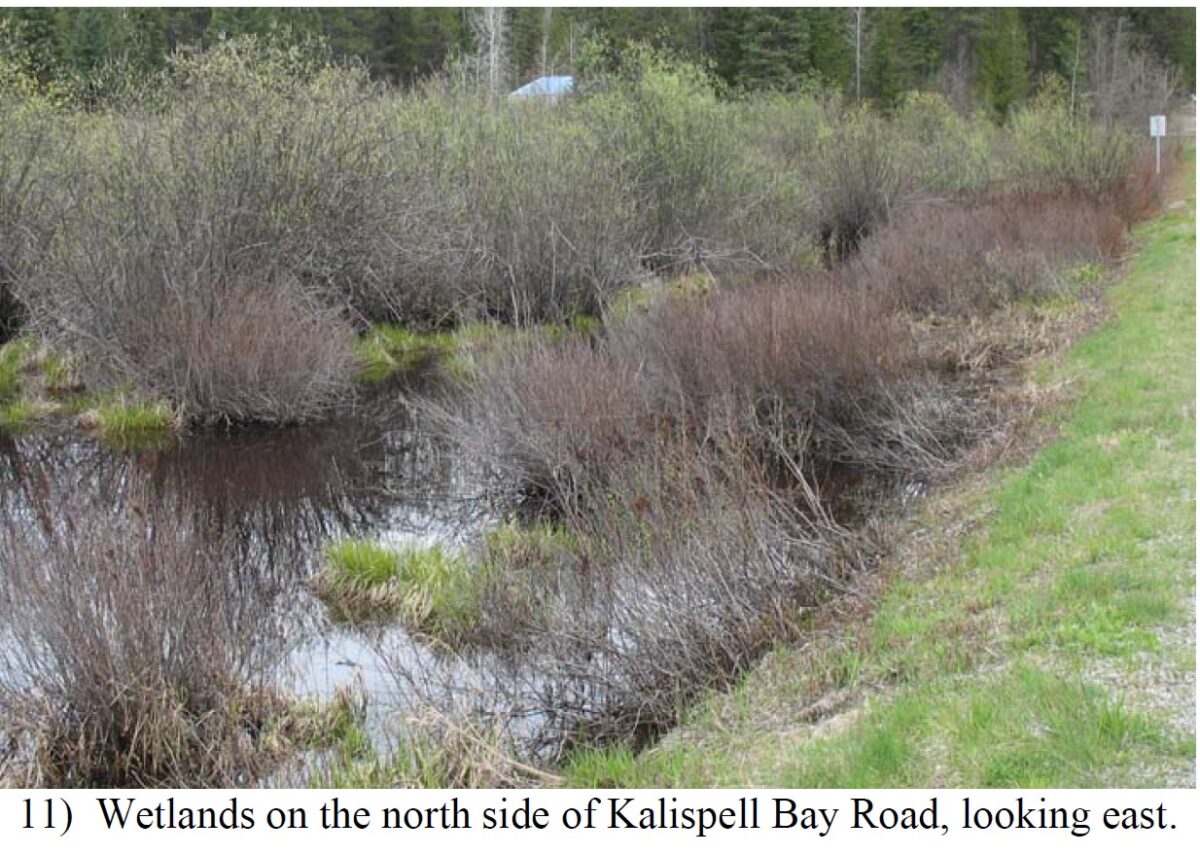Today is a good day to read.
I subscribe to a good number of newsletters. Most are freely available, even if you don’t subscribe to the parent publication
One such newsletter is Landline, from High Country News. I subscribe to the Landline because it has excellent coverage of what’s happening with clean air and water, the Endangered Species Act, the Interior, and climate change.
From the Landline: Is Biden waging a war on energy? Or on the climate?
Biden is twixt and tween on climate change and we’re going to end up with a really bad President if we don’t recognize this. Yes, we wish he could have done more for the environment and fighting climate change. Given. However, if you keep up with court cases, you realize he has done what he could given the current state of our court systems—not to mention the current state of Congress.
***
Another newsletter is from The 74, a media site dedicated to all things educational. You don’t have to be a teacher—or a parent—to have an interest in education. After all, what happens in schools impacts on what type of citizens kids become in the future. And even us older childfree couples have to live with these citizens.
From The 74, a story about one of the largest school districts in the country in Virginia, and the impact of its mistaken release of private and confidential data from 35,000 students.
From The 74: Alleged Rape Victim Presses Virginia’s Fairfax Schools for Answers on Records Disclosure
***
The Climate Coach is one of Washington Post’s free newsletters. You don’t have to be a subscriber to the Post to get the newsletter. Today’s Climate Coach is about our need to stop buying so much crap…and to consider getting rid of the crap we have.
Article has had the paywall removed.
From the Climate Coach: The Swedes know the secret to happiness: You are not your stuff
***
Speaking of newsletters, I suspect most of us are signed up for one or more newletters from authors who publish on Substack. I subscribe to several, though I can’t afford to be a paying client of all of them.
You might have heard recently about a neo-Nazi account on Substack, and the company’s response when asked about it. Linked below are some of the replies from people I follow on Substack.
As for me? If someone moves from Substack, I’ll do my best to find and follow them. But I won’t unsubscribe from someone who wants to stay on Substack. I’ve had an online site long enough to know that no matter where you go, bad people follow. I lease my server space from Linode, which is now a part of Akamai. I would not be surprised if Akamai is hosting a neo-Nazi web site. Or two. And if I find this out, I’m not going to pull my server and go elsewhere, because wherever I go, the bad people will follow. If not immediately, someday.
If you want to silence bad people, you drown them out with the good. So, don’t link to the bad people, don’t talk to the bad people, and don’t give the bad people attention. Only echo the good.
So, I’m linking to the good.
Kevin Kruse: Moving Forward
Ken White: Substack Has A Nazi Opportunity
Thomas Zimmer: On Substack’s Nazi Problem, and Ours




